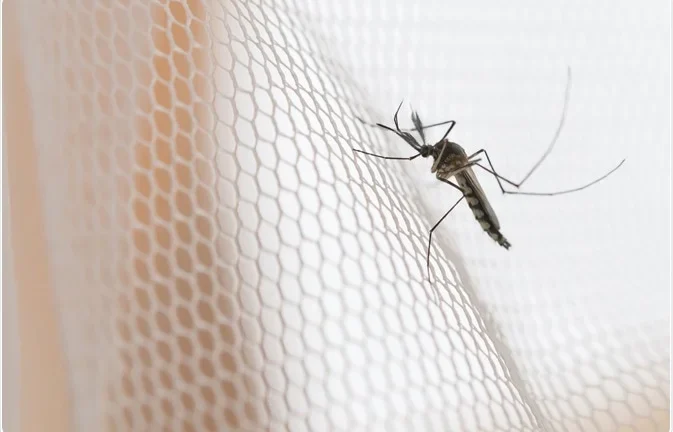Table of Contents

Malaria, a disease that has plagued humanity for centuries, continues to be a significant global health concern, particularly in tropical and subtropical regions. Caused by the Plasmodium parasite, transmitted through the bite of infected Anopheles mosquitoes, malaria affects millions of people worldwide each year. Understanding the causes, symptoms, and effective prevention strategies is crucial in combating this debilitating illness.
Causes of Malaria
Malaria is primarily caused by five species of the Plasmodium parasite: Plasmodium falciparum, Plasmodium vivax, Plasmodium malariae, Plasmodium ovale, and Plasmodium knowlesi. Of these, Plasmodium falciparum is the most deadly and prevalent in Africa, causing the majority of malaria-related deaths globally.
The transmission of malaria occurs through the bite of female Anopheles mosquitoes, which are infected with the Plasmodium parasite. When an infected mosquito bites a human host, it injects the parasite into the bloodstream, where it travels to the liver and begins to multiply. From the liver, the parasites infect red blood cells, leading to the characteristic symptoms of malaria.
Symptoms of Malaria
The symptoms of malaria typically manifest within 10 to 15 days after being bitten by an infected mosquito, although in some cases, it may take longer. The common symptoms of malaria include:
- Fever
- Chills
- Sweating
- Headaches
- Muscle aches
- Nausea and vomiting
- Fatigue
In severe cases, malaria can lead to complications such as cerebral malaria, severe anemia, organ failure, and even death, particularly in young children and pregnant women.
Prevention Strategies
Preventing malaria relies on a multi-faceted approach involving vector control measures, such as mosquito nets and insecticide spraying, and personal protection methods like insect repellents and wearing protective clothing. Additionally, the use of antimalarial drugs, such as chloroquine, mefloquine, and artemisinin-based combination therapies (ACTs), is crucial for both prevention and treatment.
Key prevention strategies include
Mosquito Control
Eliminating mosquito breeding grounds, using insecticide-treated bed nets, and indoor residual spraying are effective methods to reduce mosquito populations and prevent malaria transmission.
Personal Protection
Individuals living in or traveling to malaria-endemic areas should use insect repellents containing DEET, wear long-sleeved clothing, and sleep under insecticide-treated bed nets to minimize mosquito bites.
Antimalarial Medications
Taking prophylactic antimalarial drugs as prescribed by healthcare professionals can prevent infection in travelers visiting malaria-endemic regions. Prompt treatment with effective antimalarial medications is essential for those diagnosed with malaria to prevent complications and transmission to others.
Community Engagement
Engaging communities in malaria prevention and control efforts, promoting awareness about the disease, and encouraging early diagnosis and treatment are vital components of malaria elimination programs.
Conclusion
Malaria remains a significant global health challenge, particularly in regions where the disease is endemic. Understanding the causes, symptoms, and prevention strategies is crucial in reducing the burden of malaria and ultimately working towards its elimination. By implementing comprehensive malaria control programs, investing in research and innovation, and fostering international collaboration, we can strive towards a malaria-free world where future generations are no longer threatened by this ancient scourge.


